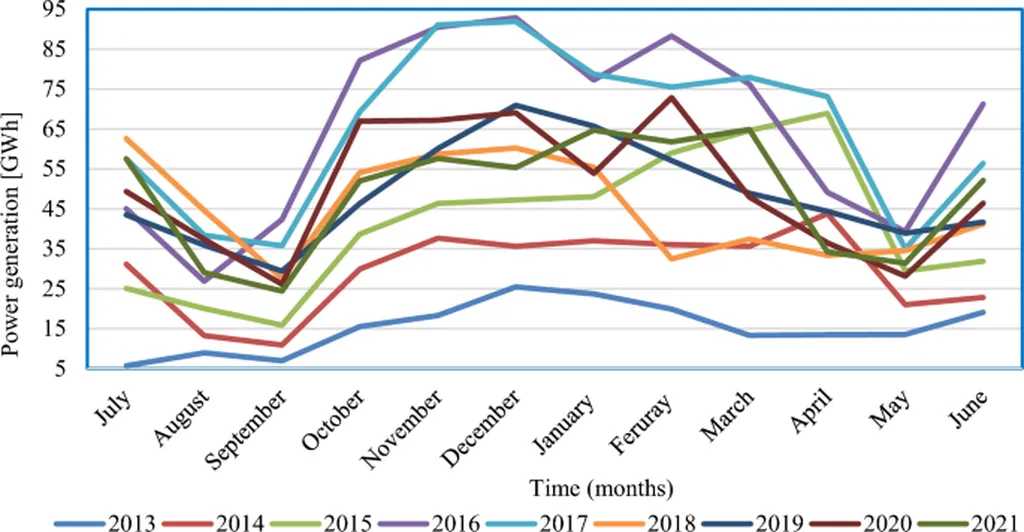In the pursuit of advanced energy technologies, a recent study published in *Nano Select* (translated as “Nano Choice”) has shed light on the intriguing interplay between ferromagnetism and spin-triplet superconductivity in uranium ditelluride (UTe₂). This research, led by Habtamu Anagaw Muluneh from the Department of Physics at Dire Dawa University in Ethiopia, could pave the way for groundbreaking advancements in the energy sector.
UTe₂ has garnered significant attention due to its unique properties, including spin-triplet pairing and an exceptional resilience to high magnetic fields. These characteristics make it a promising candidate for various applications, such as high-efficiency power transmission, magnetic energy storage systems, and superconducting magnets for wind turbines and fusion reactors. “The potential of UTe₂ to remain superconducting under extreme conditions is truly remarkable,” Muluneh remarked, highlighting the material’s robustness and versatility.
The study employed the double time temperature-dependent Green’s function technique to formulate a model Hamiltonian for the system. This approach allowed the researchers to derive critical parameters such as the superconducting transition temperature (Tc), magnetic ordering temperature (Tm), and the superconducting and magnetic ordering parameters (Δ and M, respectively). By integrating these findings, the team successfully demonstrated the potential coexistence of ferromagnetism and spin-triplet superconductivity in UTe₂.
The phase diagrams of Tc versus Δ, Tc versus M, and Tm versus M were plotted using both experimental and theoretical values, providing a comprehensive overview of the material’s behavior under various conditions. “Our findings not only align with previous experimental results but also open new avenues for exploring the unique properties of UTe₂,” Muluneh explained.
The implications of this research are far-reaching, particularly for the energy sector. The ability to harness the coexistence of ferromagnetism and superconductivity could lead to the development of more efficient and powerful energy storage and transmission systems. As the world continues to seek sustainable and renewable energy solutions, the insights gained from this study could play a pivotal role in shaping the future of energy technologies.
In summary, Muluneh’s work published in *Nano Select* offers a deeper understanding of the complex interplay between ferromagnetism and spin-triplet superconductivity in UTe₂. This research not only advances our scientific knowledge but also holds significant promise for the development of innovative energy solutions. As the energy sector continues to evolve, the findings from this study could prove instrumental in driving forward the next generation of energy technologies.

